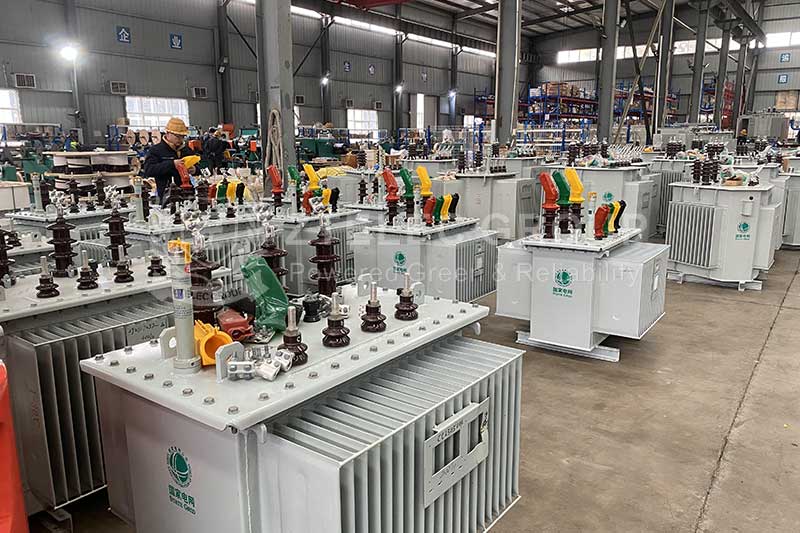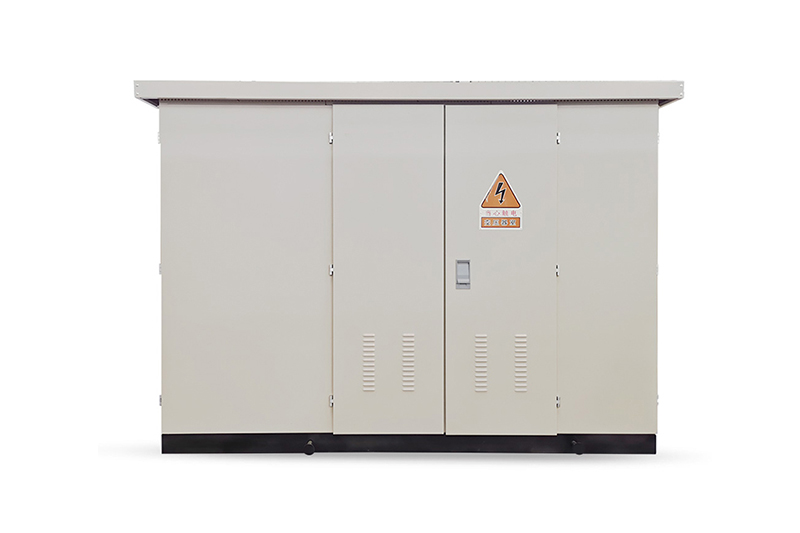Transformer Lifespan: 20 Years, 30 Years, or Over 40 Years?
Time:2024-10-9 Auther:ZTelec-www.ztelectransformer.com
Transformers are a crucial component in power systems, responsible for converting voltage from one level to another. Their role in power transmission and distribution makes the reliability and lifespan of transformers a significant concern for electrical engineers and operators. The lifespan of a transformer is often seen as a multifaceted concept, influenced by a variety of factors that collectively determine its specific service life. Depending on different operating conditions and maintenance practices, the lifespan of a transformer can fluctuate between 20 years, 30 years, or even exceed 40 years.
Basic Structure and Operating Principle of Transformers
The basic structure of a transformer includes a core, windings, and insulation materials. Its operating principle is based on electromagnetic induction, where magnetic field coupling between the primary and secondary windings converts one voltage into another. During this process, the performance of the transformer is affected by multiple factors, including design quality, material characteristics, and the operating environment.

Factors Affecting Transformer Lifespan
Design and Manufacturing Quality: The lifespan of electrical transformers is closely related to the material selection and manufacturing processes involved in their design. High-quality materials and advanced manufacturing techniques can effectively reduce the failure rate and enhance the durability of transformers. In contrast, low-quality materials and manufacturing defects can significantly shorten the lifespan of transformers.
Operating Environment: The working environment of a transformer has a major impact on its lifespan. Factors such as temperature, humidity, levels of contaminants, and surrounding electromagnetic interference can lead to the aging of internal components, thereby affecting its performance. Research indicates that transformers operating in harsh environments face a significantly increased risk of damage and failure over time.
Load Conditions: The load operating state of a transformer is also crucial to its lifespan. Overloading can cause heating in the windings, leading to insulation aging and overheating of the core, which diminishes the transformer’s service life. Ideally, the operating load of a transformer should be kept below 80% of its rated load to ensure healthy operation.
Maintenance and Inspection: Regular maintenance and inspection are important measures to extend the lifespan of transformers. By periodically checking electrical connections, insulation components, and cooling systems, potential problems can be identified early, allowing for appropriate remedial actions. Utilizing modern monitoring technologies, such as online monitoring and smart sensors, can also assist in tracking the operational status of transformers and timely adjustment of maintenance strategies.

Practical Statistics and Analysis of Transformer Lifespan
According to industry standards, the designed lifespan of modern high-quality transformers is typically defined as between 20 to 30 years. However, with advances in technology and material sciences, many transformers can last up to 40 years or more under good operating and maintenance conditions. For example, some specially designed transformers, such as those used in renewable energy sectors, often have an extended expected lifespan due to meticulous design and optimization. Statistical data shows that many transformers employing advanced insulating materials and cooling methods can still maintain good operating conditions after 30 years.
The lifespan of transformers is influenced by various factors including design and manufacturing quality, operating environment, load conditions, as well as maintenance and inspection measures. While it is generally believed that the lifespan of transformers is between 20 to 30 years, under optimal conditions, many transformers can last well beyond 40 years. To maximize the performance and extend the lifespan of transformers, the power industry must continue to optimize transformer design, materials, and maintenance strategies to meet the growing future electricity demand. With ongoing technological innovation and development, we have reason to believe that the lifespan of transformers will further improve, providing strong support for the stable and reliable operation of power systems.




